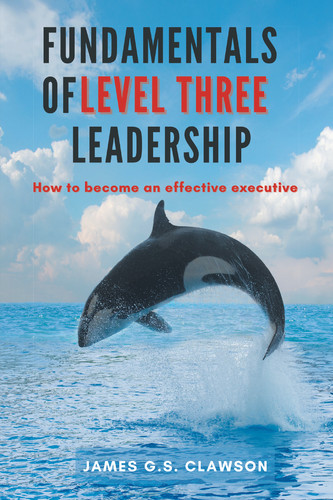Concept
Doug Newburg in his research into the relationship between feel and performance interviewed some 500+ high performers: athletes in 29 different sports, Olympic athletes, world champions; touring musicians who like athletes had to perform at their best on demand; heart surgeons who held people’s lives in their hands every day; executives in double digit growth businesses; and landing officers and pilots on aircraft carriers, another place where one mistake and people die.
In analyzing these interviews, Newburg identified a common pattern. All these people he said had a dream, put in intense preparation, dealt with obstacles, and had to find ways to revisit their dreams.
The dreams he mentioned were not the usual external dreams of achievement, rather the internal feelings of how they wanted to feel. The preparation was long and intense (think Malcolm Gladwell’s 10,000 hour rule, Outliers). Newburg noted that for anyone to get really good at something, they must really love it. Otherwise, they wouldn’t have the stamina required to practice that long to become expert.
Obstacles referred to speed bumps along the way where one tried and failed. When people fail at something, Newburg observes, they tend to tell themselves, “I have to practice more,” and in so doing put themselves in a duty cycle, an obligatory mindset. Many people get stuck there and lose sight of the childlike feeling they had when they were performing at their best out of sheer joy and enthusiasm.
And “Revisiting the Dream” referred to how people reconnected with their internal dream, that is, how they wanted to feel.
Example
Doug worked with a runner from South America. Her friends had talked her into running in the national marathon. She had never done a marathon before and was nervous. In her conversations with Doug, he counselled her to focus on how she felt when she ran rather than focusing on her intermediate results.
After the race, she called Doug and they talked for a long time. She described her feelings during the race and how enjoyable it was. When the call was over, Doug didn’t know how she had finished; he didn’t ask and she didn’t volunteer. He found out later she had won; her first marathon.
How many parents press their children to perform externally in sports?
“How many runs did you score? How many touchdowns did you make? How many games did you win?” Perhaps parents should focus on their child’s experience whether in sports, music, art, math, or whatever the subject is. When people enjoy what they are doing, they tend to get better at it.
Doug’s lesson was a powerful one for me. Eventually, we co-authored a book focusing on this phenomenon, Powered by Feel: How Individuals, Teams and Companies Excel (World Scientific 2008).
Diagram

Source: Doug Newburg, PhD
Challenge
1. Watch for the Resonance Cycle as you observe other high performers.
2. Pay attention to how much practice/preparation is required to perform at a high level.
3. Note how much stamina, that is, love for the activity is required to get to where you can perform at a high level.
4. Think about the obstacles you have encountered in life and how you responded to them.
5. Whenever you find yourself in a have to frame of mind, pause and use your “Resonance Radar” to reset your energy level. Why are you where you are? How many choices did you make to get there? What was it that made you choose what you did? Can you recapture that emotion when you first chose?
